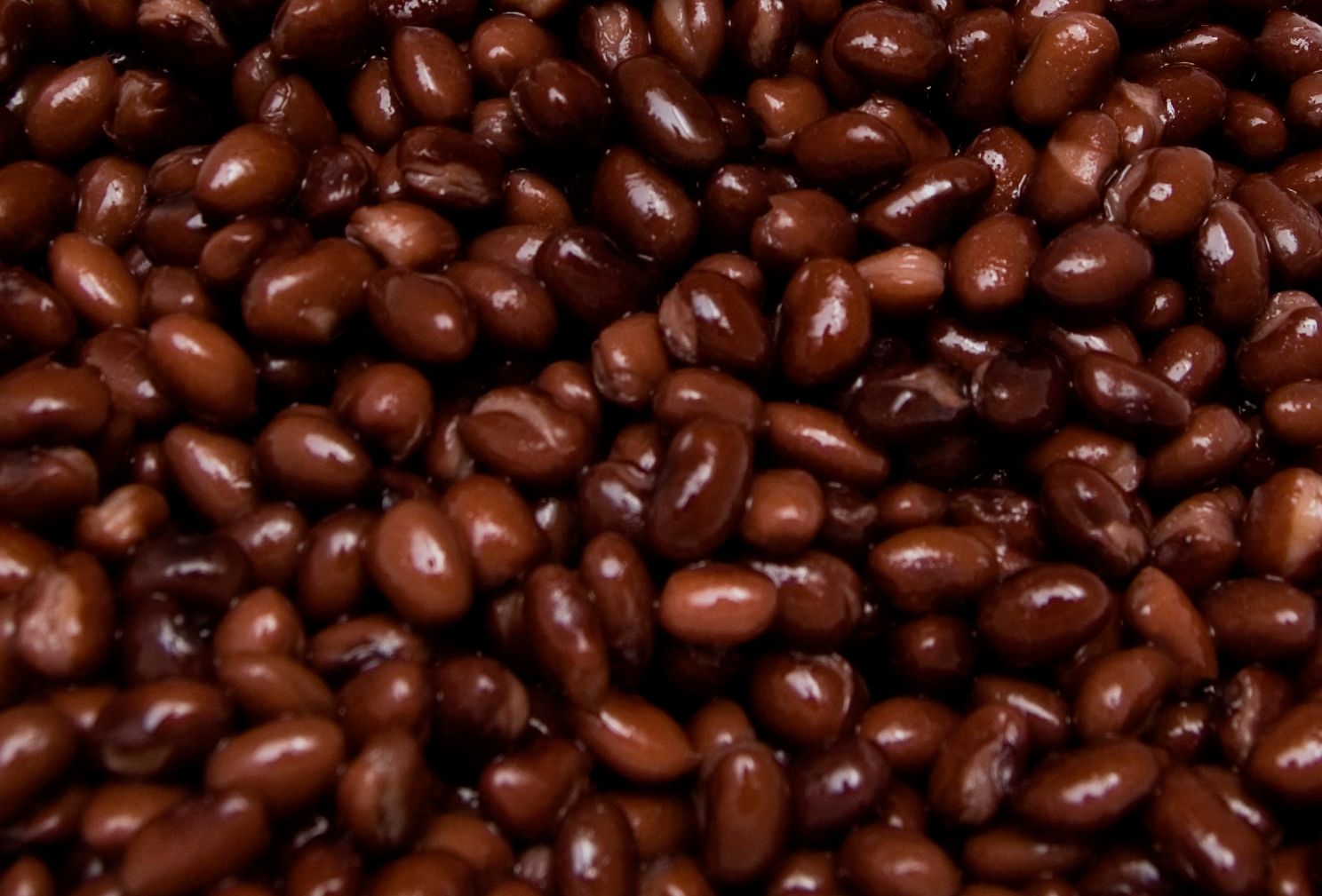
Red Alert: How Beams of Red Light Can Lower Your Blood Sugar
- Apr 4, 2024
Ever thought of standing under a red light to control your blood sugar levels? As bizarre as it sounds, groundbreaking research says it might just be the answer.
This is no sci-fi trickery. Published in the Journal of Biophotonics, a study revealed the near-magic of bathing one’s back under a specific wavelength of red light for 15 minutes. And the benefits? A significant drop in blood sugar levels post-meals.
Imagine this: one dose managed to lower the overall blood glucose levels, while also controlling how high these levels would peak post a glucose tolerance test. And if you're wondering, this test is a pretty neat replica of how our body reacts to feasting.
Dr. Michael Powner, the head honcho of this research and a senior lecturer at the City University of London, states that this could open up doors for diabetes control post-meal times. Best part, it doesn't involve injections or popping pills. The only thing popping would be blood sugar levels - downwards.
This lifesaving red light, aka photobiomodulation (PBM), is nothing new in the medical research field. It’s been used to treat cancer, macular degeneration, depression, skin conditions, and dental complications. The revelation here is its powerful impact on blood sugar levels.
To test this red light's magic, 30 healthy participants were rounded up. They had no known metabolic conditions, took no medications, and volunteered to shine under 670 nanometers (nm) of red light on their bare backs. The results? The red light exposed group experienced a jaw-dropping 28 percent reduction in blood glucose levels after glucose intake, with a further reduction in max glucose spiking by 7.5 percent. Compared to non-exposed mates, they had a 12 percent reduction in peak blood sugar levels.
However, before we bask under the red light's glory, it's important to recognize that these participants were non-diabetics. What does this mean? Further experimentation and research on diabetics are required to fine-tune how red light therapy could revolutionize diabetes management.
The science behind this game-changing finding is connected to how exposure to this particular red light causes an increase in adenosine triphosphate (ATP) - a crucial energy source for our cells. This ATP boost, according to researchers, may result in positive signaling changes throughout the body under the 'abscopal effect'. So in essence, your back cells and liver cells could be exchanging glowing messages.
Red light therapy as a potential treatment for diabetes and a way to reduce insulin and medication dependence raises exciting prospects. Of course, more research is necessary. But regardless, consider this your red alert for the next big thing to hit blood sugar management.






